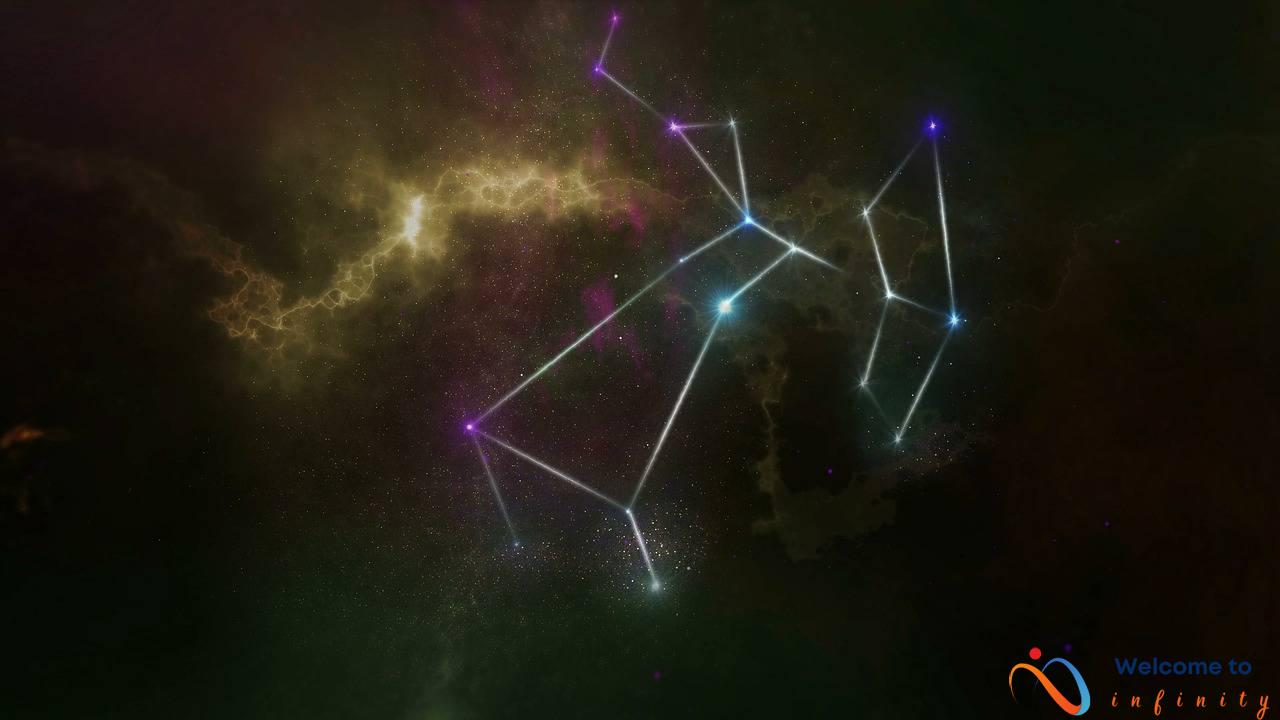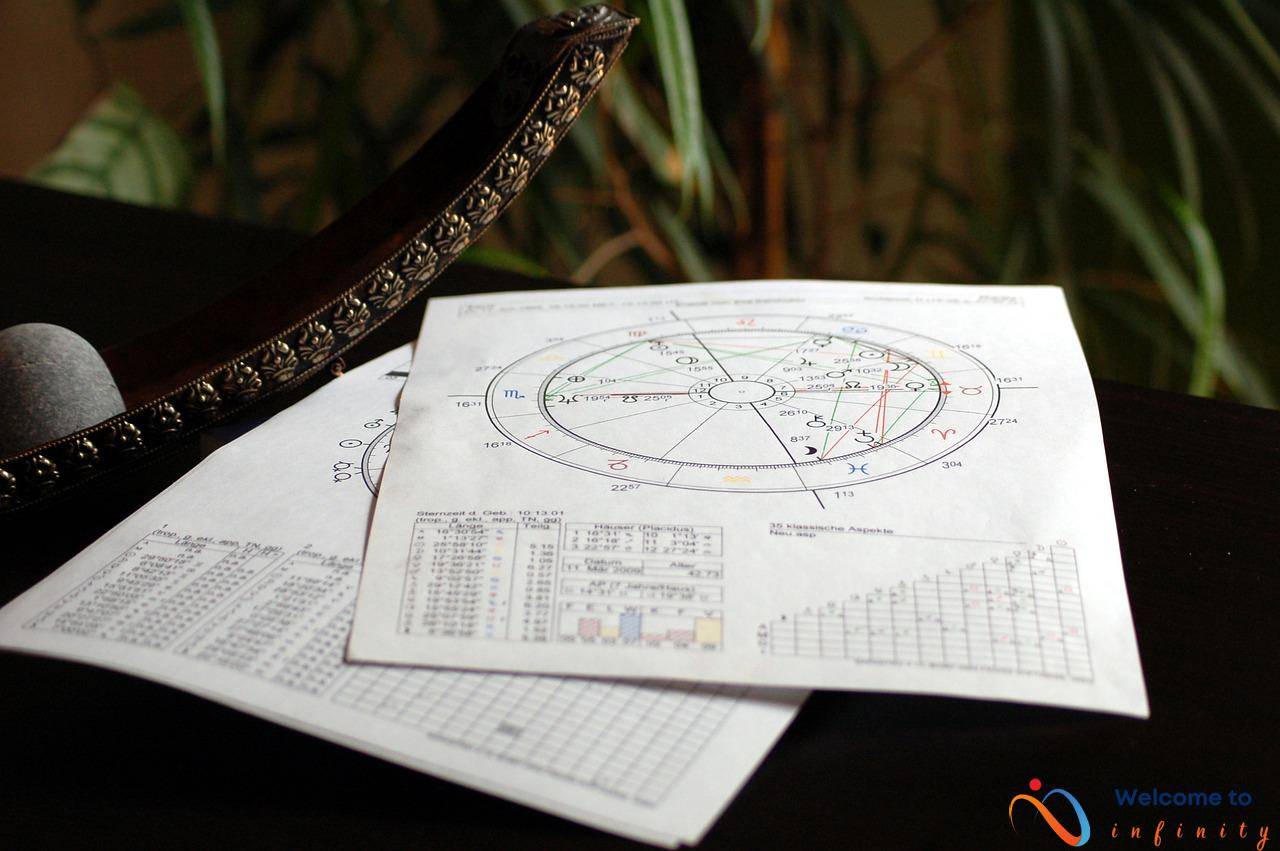Humans have been fascinated by the mysteries of the universe since ancient times. The study of planetary formation and evolution has been one of the most compelling areas of research, fueling our curiosity as we learn about the origins of our solar system and the conditions that led to the creation of life on Earth. This article explores the major developments in the field of planetary science, from early theories to cutting-edge research techniques.
One of the earliest theories of planetary formation was the Kant-Laplace hypothesis, which proposed that our solar system began as a hot, gaseous cloud that slowly cooled and condensed into planets. This was later refined by the Nebular hypothesis, which suggested that the planets formed from a disk of gas and dust surrounding a young sun.
As scientists have gained a greater understanding of planetary evolution, they have uncovered many fascinating discoveries about the geological and atmospheric changes that have taken place over time. For example, the moon has played a crucial role in the evolution of planet Earth, stabilizing its rotation and creating the tides that shape our oceans. Other planets in our solar system have gone through a series of changes, from catastrophic volcanic eruptions on Venus to the constantly shifting landscapes on Mars.
- How did gas giants like Jupiter form, and what is their composition?
- What are the factors that contribute to a planet's habitability, and are there any other potentially habitable exoplanets?
The search for life beyond Earth has become one of the most exciting areas of research in recent years, with missions to Mars and the exploration of outer planets offering new opportunities to discover more about the origins of life in our solar system. With cutting-edge technologies like rovers, orbiters, and telescopes at our disposal, scientists are making remarkable breakthroughs in our understanding of planetary formation and evolution, unveiling the secrets of the universe one discovery at a time.
Early Theories of Planetary Formation
Understanding how planets form and evolve has long been a topic of study for astronomers, physicists, and geologists. Early theories of planetary formation were based on observations of our own solar system, but as technology and knowledge have advanced, new insights have been gained on how planets are born and change over time.
The Kant-Laplace hypothesis was one of the earliest theories proposed, suggesting that the sun and planets formed from a single rotating disc of gas and dust. This theory was later refined by the Nebular hypothesis, which proposed that the sun and planets formed from the collapse of a cloud of gas and dust due to gravity. These early theories laid the foundation for modern planetary science, providing a starting point for further study and exploration.
As technology has advanced, scientists have been able to study other solar systems and exoplanets, leading to new theories and models on planetary formation. These include the Grand Tack hypothesis, which suggests that Jupiter's early migration influenced the formation of other gas giants, and pebble accretion, which proposes that small grains of dust and ice stick together to form planets.
Through the study of planetary formation, scientists hope to gain a greater understanding of our place in the universe and the potential for life beyond our own planet. As new discoveries and insights are gained, the field of planetary science will continue to evolve and expand.
Planetary Evolution
Planetary Evolution is a fascinating topic in planetary science. It involves studying the changes that occur on a planet from the time of its formation to its current state. Over time, planets undergo various geological and atmospheric changes that help shape their present-day characteristics.
During the early stages of planetary evolution, planets are subjected to intense heat and pressure, which lead to the formation of the planet's core and mantle. Volcanic eruptions, meteorite impacts, and other geological processes shape the planet's surface and atmosphere. Over millions of years, these processes lead to the formation of mountains, valleys, and oceans.
In the case of Earth, the geological and atmospheric changes that took place over time contributed to the emergence and evolution of life. The formation of an ozone layer in the planet's atmosphere protected living organisms from the sun's harmful radiation, while plate tectonics allowed the exchange of minerals and nutrients between the planet's surface and its interior.
The study of planetary evolution is not limited to the Earth alone. Scientists have used data from spacecraft and telescopes to study the geological and atmospheric changes that occur on other planets as well. For instance, the distinct red hue of the planet Mars is a result of iron oxide, also known as rust, that covers much of its surface. Jupiter, on the other hand, has a thick atmosphere made up mostly of hydrogen and helium, with strong winds that create massive storms, such as the Great Red Spot.
In conclusion, the study of planetary evolution involves analyzing the changes that planets undergo from the time of their formation to their current states. This includes the geological and atmospheric changes that help shape the planet's surface, atmosphere, and habitability. With new technologies and discoveries, it is possible to gain new insights into the evolution of our own planet, as well as other planets in our solar system and beyond.
The Importance of the Moon
The moon is an essential component of the Earth's planetary system, playing a significant role in the evolution of the planet throughout its history. One of the most crucial functions of the moon is its impact on tides. As the moon orbits around the Earth, it creates gravitational forces that pull the oceans towards it, creating high tides. When the moon is on the opposite side of the Earth, the gravitational force is reduced, leading to low tides. The cycle of high and low tides affects not only the water bodies but also organisms living in and around them.
Another critical function of the moon is its ability to stabilize the Earth's rotation. Without the moon, the Earth would spin much faster than it currently does, leading to a different climate and shorter days. The gravitational pull of the moon on the Earth's equator slows down the rotational speed, increasing the stability of the axis tilt. The moon's influence on the Earth's rotational axis has remained constant for millions of years, making it an essential companion of the planet.
Scientists believe that the moon also played a role in the formation of life on Earth. Its gravitational pull may have helped stabilize the Earth's orbit around the sun, creating a stable climate, necessary for life to thrive. Recent studies have also shown that elements such as water and carbon may have been brought to Earth by the moon's impact with the planetary body that eventually led to its formation.
In conclusion, the moon is a vital celestial body that has played an essential role in the Earth's evolution since its formation. Its impact on tides and the stabilization of the Earth's rotation have been crucial in maintaining the planet's stability over the years. The moon's significance goes beyond Earth, and its presence in our solar system has contributed to the evolution of other planets and their moons.
Formation of Gas Giants
Gas giants like Jupiter are some of the most fascinating planets in our solar system, but how did they form? Scientists have been exploring this question for decades, and there are currently two leading hypotheses. The first is the core accretion model, which suggests that gas giants formed from the gradual accumulation of gas and dust around a solid core. The second is the disk instability model, which suggests that gas giants formed from the rapid collapse of a gas disk.
While both theories have their merits, recent research has suggested that the core accretion model may be the more accurate of the two. This research has shown that the formation of gas giants may be heavily influenced by the composition of the surrounding protoplanetary disk. For example, disks with a higher metallicity may be more likely to form gas giants than those with a lower metallicity.
In addition to their formation, scientists are also exploring the composition and evolution of gas giants. For instance, studies have shown that Jupiter is mostly made up of hydrogen and helium, with trace amounts of other elements. Furthermore, scientists have learned that gas giants like Jupiter have complex and dynamic atmospheres that are constantly changing.
Overall, the study of gas giant formation and evolution is an exciting and ever-evolving field. With new discoveries and advancements in technology, scientists are sure to learn even more about these intriguing planets in the years to come.
Terrestrial Planets and Habitability
When it comes to the search for extraterrestrial life, one of the most critical factors to consider is a planet's habitability. This refers to a planet's ability to sustain life as we know it. Several factors contribute to a planet's habitability, including its distance from its star, its composition, and whether it has liquid water on its surface.
As we continue to explore the universe, astronomers have discovered several potentially habitable exoplanets. These planets are located in the “Goldilocks zone” of their star, which means they are not too hot and not too cold, but just right for liquid water to exist on their surface. One such planet is Proxima Centauri b, which orbits the closest star to our own sun and could potentially be habitable.
Another factor that contributes to habitability is a planet's atmosphere. Earth's atmosphere plays a crucial role in supporting life as we know it, providing the right mix of gases for us to breathe and protecting us from harmful radiation. As we explore other planets, we look for signs of a similar atmosphere, which could indicate the potential for life.
Finally, the presence of a magnetic field is also essential for habitability. Earth's magnetic field helps protect us from the solar wind, a stream of charged particles that would otherwise strip away our atmosphere. Without this protection, life as we know it would not be possible.
- In summary, several factors contribute to a planet's habitability, including:
- The distance from its star
- Composition
- The presence of liquid water
- An atmosphere similar to Earth's
- A magnetic field to protect from solar wind
This ongoing search for habitable planets requires the use of advanced technology and collaboration between scientists across multiple fields. Understanding what makes a planet habitable will be essential to the discovery of extraterrestrial life and our continued exploration of the universe.
Planetary Protection and Astrobiology
Planetary protection is a critical aspect of space exploration, aimed at protecting both the planet being explored and the Earth from any possible biologic contamination. The search for extraterrestrial life has been a driving force behind this need for planetary protection.
The current missions to Mars, including the recent Perseverance Rover mission, are focused on searching for signs of life on the Red Planet. The rover is equipped with advanced technology to analyze the Martian surface and collect samples for further analysis. Additionally, NASA is partnering with the ESA (European Space Agency) to launch the ExoMars mission in 2022. The goal of this mission is to further explore the possibility of past or present life on Mars.
Future plans for exploring the outer solar system include the Europa Clipper mission, which is set to launch in the mid-2020s. This mission is focused on exploring Jupiter's moon Europa, one of the few places in the solar system believed to have a subsurface liquid ocean. Scientists believe this ocean could provide a suitable environment for life, making Europa a fascinating target for exploration.
Astrobiology is a field of study that combines biology and astronomy to explore the possibility of life beyond Earth. This field is gaining momentum due to the advancement of space exploration technology and the discovery of more potentially habitable exoplanets. NASA's upcoming James Webb Space Telescope, set to launch in 2021, will make significant progress in detecting and characterizing exoplanets and their atmospheres, providing new insights into the potential for life beyond Earth.
In conclusion, planetary protection and astrobiology are two critical aspects of space exploration that are driving current and future missions. These efforts are aimed at understanding more about the formation and evolution of planets while exploring the possibility of life beyond our planet. As new technologies and discoveries are made, we continue to push the boundaries of what we know about our place in the universe.
New Technologies and Discoveries
New technologies and discoveries have revolutionized the field of planetary science in recent years. With the development of rovers, orbiters, and telescopes, scientists have been able to gain a better understanding of planets and their formation than ever before.
Rovers like Curiosity and Perseverance have allowed us to explore the surface of Mars in unprecedented detail. These rovers have been able to take samples of Martian soil and rock, conduct chemical analyses, and even fly drones to survey the area. This has allowed us to learn more about Mars' geology, climate, and potential for supporting life.
Orbiters like NASA's Juno spacecraft have given us new insights into the composition and structure of gas giants like Jupiter. Juno has been able to study Jupiter's gravitational field, magnetic field, and atmospheric composition, revealing new details about the planet's interior and evolution.
Telescopes like the Hubble and James Webb Space Telescope have allowed us to study planets outside our solar system, known as exoplanets. By observing changes in a star's light as an exoplanet passes in front of it, scientists can learn about the planet's size, orbit, and even its atmosphere. This has led to the discovery of potentially habitable exoplanets that may support life.
In addition to these technologies, new discoveries have also been made in the field of planetary science. For example, in 2020, scientists discovered evidence of phosphine gas in the atmosphere of Venus, a potential sign of life. Additionally, the recent discovery of water on the moon has spurred new interest in lunar exploration and potential utilization of resources for future space missions.
Overall, the use of new technologies and discoveries in planetary science has expanded our understanding of planets and their formation, and has opened up new possibilities for space exploration and discovery.









